Leica M11 Monochrom (no lens included) 60-megapixel full-frame black and white mirrorless camera body with Wi-Fi and Bluetooth®
Product highlights:
- hand-built in Germany
- high-quality aluminum top-plate with black scratch-resistant coating
- full-frame monochromatic (black and white) BSI CMOS sensor
- effective recording at 60, 36 or 18 megapixels
- 3:2 aspect ratio
- variable ISO (125-200,000) for high-resolution, low-noise shots even in low light
- selectable mechanical focal plane shutter or electronic shutter
- minimum shutter speed: 1/16,000 second (electronic), 1/4,000 second (mechanical)
- maximum shutter speed: 60 seconds (electronic), 60 minutes (mechanical)
- focus range: 27-9/16 inches to infinity
- high-speed continuous shooting up to 4.5 fps at full resolution
- 2.95″ high-resolution (2.3 million-dot) LCD touchscreen
- optical viewfinder with four-digit display
- accessory shoe for mounting the optional Visoflex 2 electronic viewfinder and compatible Leica flash units
- records photos onto SD, SDHC and SDXC memory cards (not included) and internal 256GB memory
- Wi-Fi and Bluetooth for convenient sharing and control via the free Leica FOTOS mobile app
- adds remote control using smartphones and tablets
- made for iPhone®/iPod® certified
- provides geotagging and more (may require firmware update)
- exposure modes: aperture priority (A) and manual (M)
- manual focus only
- Focus Peaking and Magnification focus-assist functions
- self-timer with 2- or 12-second delay
- records in RAW (DNG) and JPEG formats for greater creative flexibility during editing
Other specs:
- 1/4″ stainless steel tripod thread in base
- USB-C port supports in-camera charging
- powered by included Leica BP-SCL7. battery
- 5-13/16″W x 3-3/16″H x 1-9/16″D
- weight (with battery): 19.1 oz.
- warranty: 2 years
$9,496.99
CompareAbout the Leica M11 Monochrom (no lens included)
Leica’s new black and white tradition
Leica’s M11 Monochrom camera applies their “less is more” aesthetic to a high-performance black-and-white-only rangefinder format. Its old-school design and controls can help nudge you toward a more creative approach to photography. And you’ll get the striking photo quality that Leica is famous for — crisp and rich in detail.
The M Series body design hasn’t changed much since its introduction in 1954, but the digital technology inside is a whole new ballgame. Leica continues to expand its capabilities in the M11 Monochrom (and its full-color sibling, the M11) — including a powerful new sensor and UV/IR filtering.
Meanwhile, its manual controls remain simple and precise. They make it a pleasure to work with the complementary relationships between f-stop, shutter speed, and focus. This camera is manual focus only, and any Leica M lens — from 1954 forward — will fit.
Classic rangefinder design with focus assists
A rangefinder camera like the M11 Monochrom is simple to use once you understand the basic operation principle. Instead of focusing from blurry to crisp like a typical DSLR or mirrorless camera, rangefinders show you two superimposed images that move toward or away from each other when you turn the focus ring on your lens. Your shot is in focus when the two images in the viewfinder match each other perfectly and fuse together as one.
When you use the LCD monitor to compose your shots in Live View mode, you can take advantage of two built-in focus-assist features. “Magnification” lets you zoom in on a detail to dial in your focus. And “Focus Peaking” highlights the in-focus parts of your image.
The camera’s built-in optical viewfinder is great for composing images with most standard focal length lenses, but if you need the precision of an electronic viewfinder, you can add Leica’s Visoflex 2 electronic viewfinder. This add-on EVF mounts to the M11 Monochrom’s hot shoe and lets you see how your exposure settings will affect your images in real time. It also lets you take advantage of the camera’s built-in focus-assist features and makes it easier to work with ultra-wide, telephoto, and macro lenses.
“Triple Resolution” full-frame sensor and fast processor
The M11 Monochrom’s secret weapon is a full-frame BSI CMOS sensor with Triple Resolution Technology. It uses the full sensor area, whether it’s recording at 60, 36 or 18 megapixels, and its monochrome-only sensor gives it an even higher ISO range than the full-color M11. You’ll get unprecedented image quality and resolution when you use the 60-megapixel option, and speedier camera performance, longer burst lengths, and smaller files with the lower resolutions.
This camera’s Maestro III processor is super-fast, with a 3GB memory buffer and sequential shooting at up to 4.5 frames per second at full resolution. It can even write high-quality JPEG and RAW image files simultaneously.
Made in Germany
I learned photography on my dad’s old 1950s Leica M3, and I bet it’s still taking great images for the lucky person he eventually sold it to. I carried it around with me in high school and college, and it traveled along with me in my backpack across Europe in the early ’90s. It really took a beating, but that rock-solid, precise German design and build always functioned flawlessly, and took great photos. The M11 Monochrom is one of its modern iterations, designed for enthusiasts who want top-notch image quality from a camera made to last a lifetime.
What’s in the box:
Leica M11 Monochrom (no lens included) owner’s manual
- Digital camera body (black)
- Body cap (installed)
- BP-SCL7 Lithium-ion rechargeable battery (7.4V 1800mAh)
- BC-SCL7 battery charger (DC output: 8.4V 1A)
- ACA-SCL7 AC adapter with USB-A output port (DC output: 5V 2A)
- USB cable (USB-A on one end and USB-C on other end)
- 39″ Leica “FOTOS” cable (Apple Lightning connector on one end and USB-C on other end)
- Carry strap
- Drawstring pouch (for battery/charger/cables)
- Quick Start Guide
- Test Certificate
- Registration card
- Rechargeable battery flyer
- Leica FOTOS Cable flyer
- Product Research Note: “What’s In The Box” is estimated from the Leica website and the camera Instruction Manual.
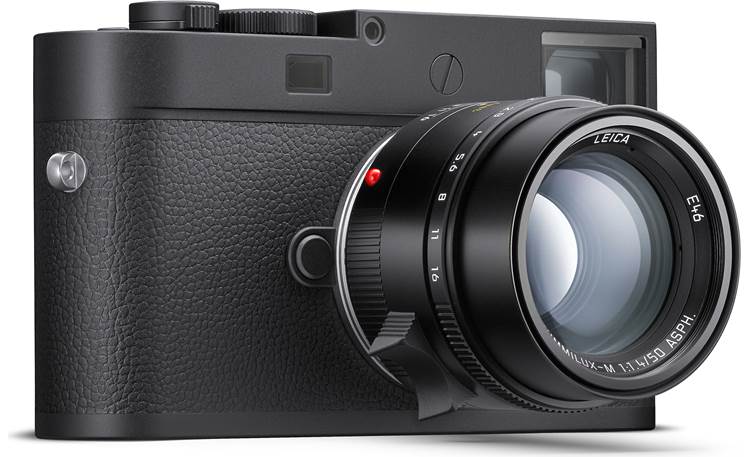
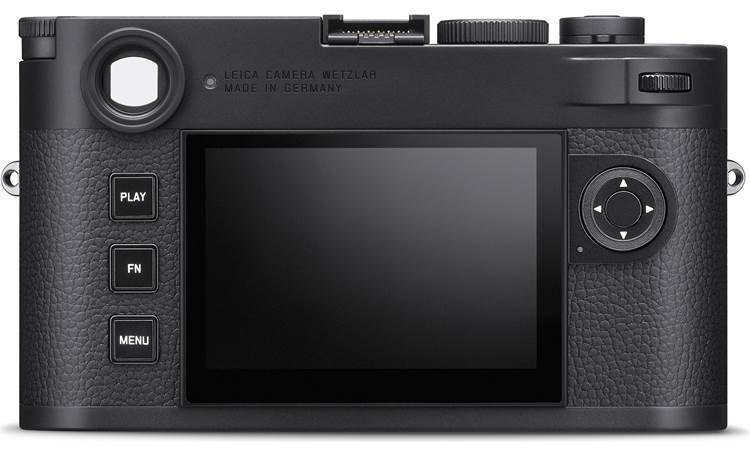
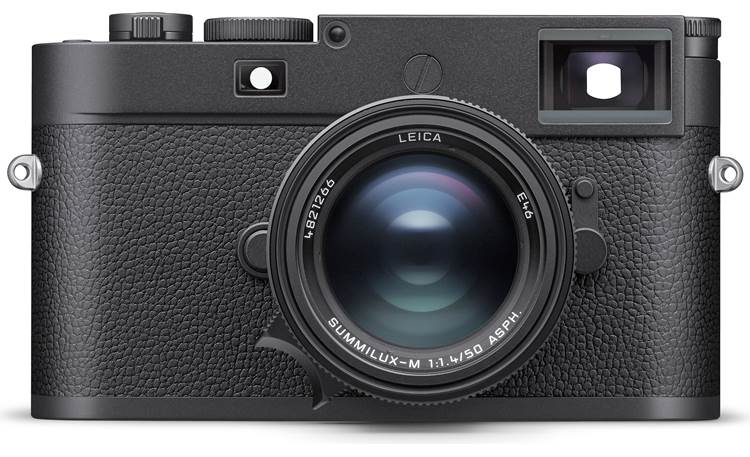
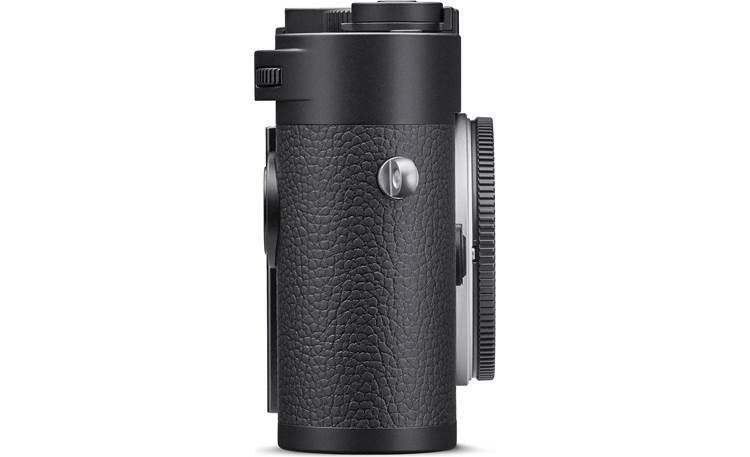
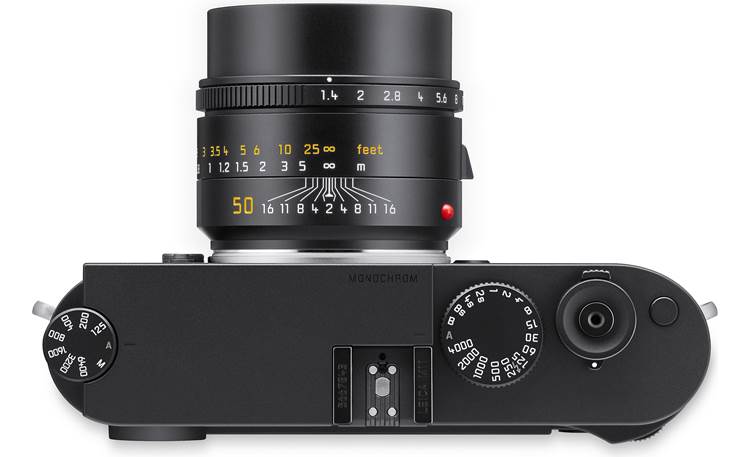
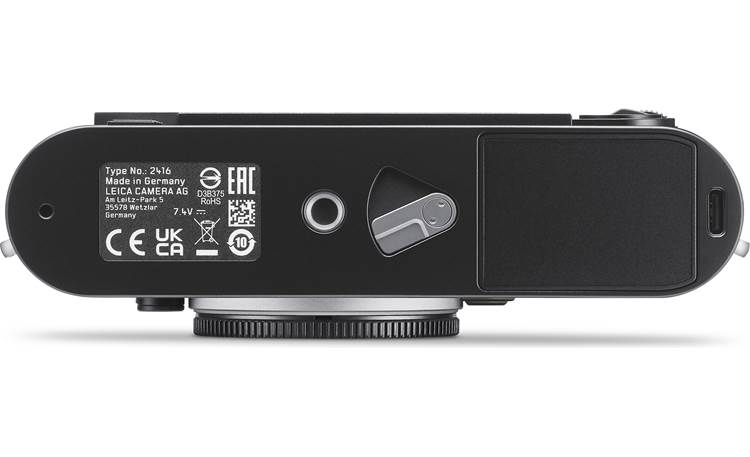
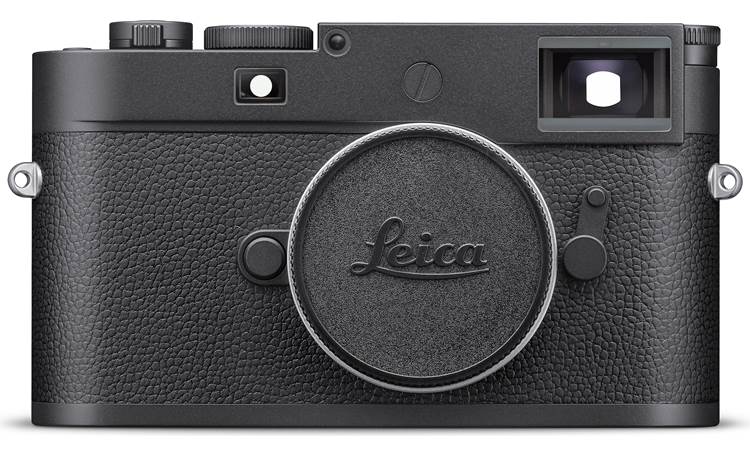
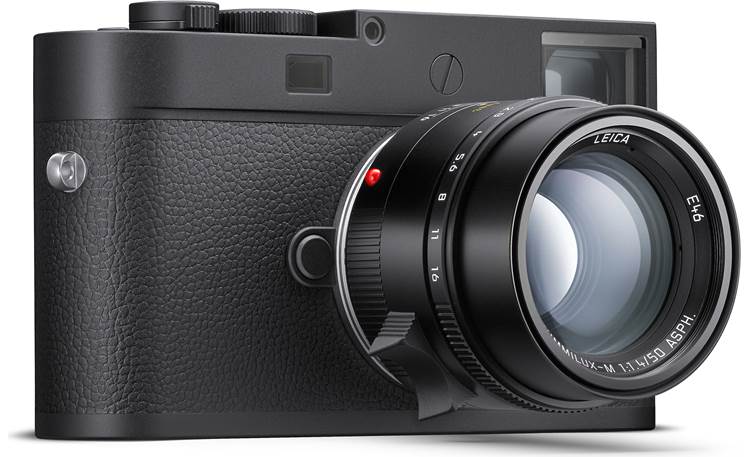
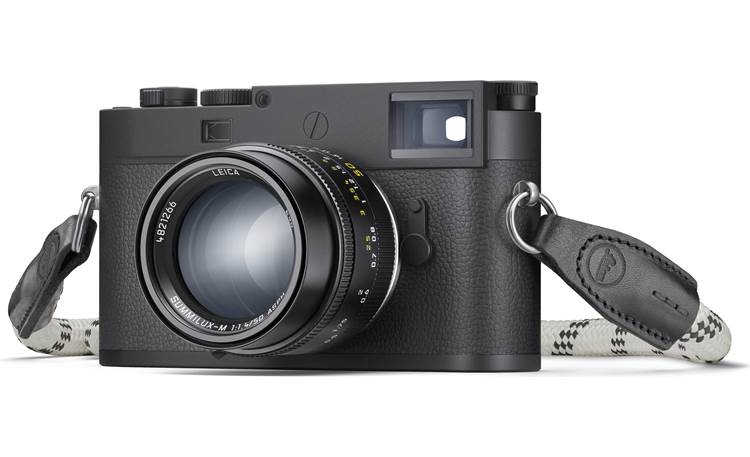
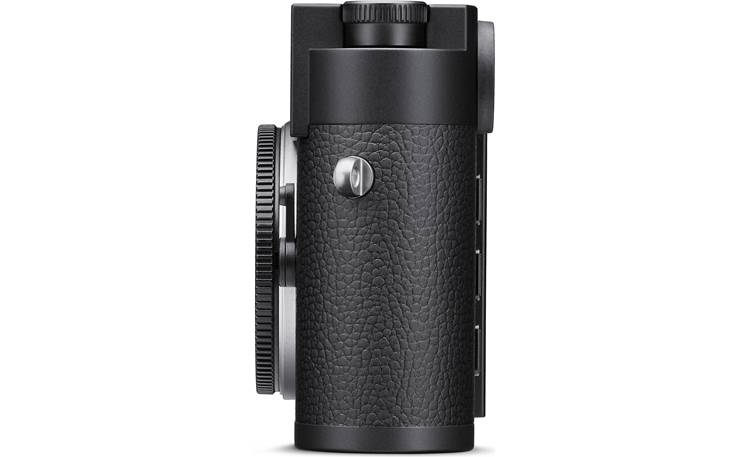

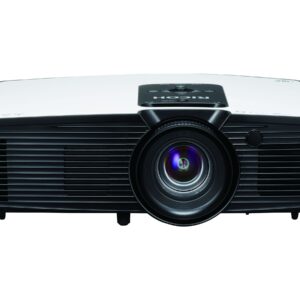


There are no reviews yet.